Is this considered ‘cresting’? If so, not sure where that came from. Every bud has had this. This is TASC72-01, which is Thomas Afflack x (Strawberry Cream x 1-72-1) This looks like it may end up being a miniature.
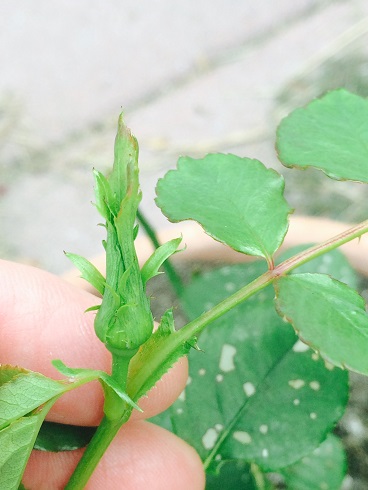
Is this considered ‘cresting’? If so, not sure where that came from. Every bud has had this. This is TASC72-01, which is Thomas Afflack x (Strawberry Cream x 1-72-1) This looks like it may end up being a miniature.

Many crosses express more leafy sepals like this, Rob. Most often, in my experience, it isn’t a type you can successfully cross and select for and can be quite variable depending upon season. To fit my definition of “cresting”, there has to be much more structure to the expression, such as in the photo below, and be consistent throughout the bloom period.
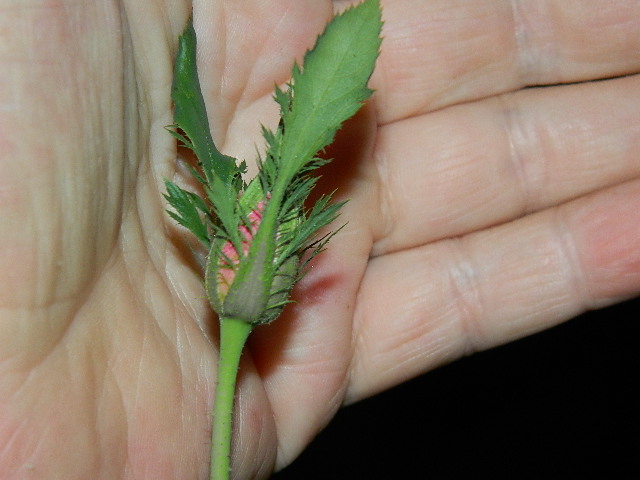
I can see the difference in your photo Kim. Thank you for the definition.
You’re welcome, Rob. Of course, this is my personal observation and definition, but I think it’s fairly logical.
Cresting is essentially fractal branching of the sepals. It can occur with (and without) superimposed mossing which is, essentially, fractal branching of glandular trichomes. There are intermediate states of expression like yours which means, essentially, that cresting is a quantitative trait and, so, multiple copies of the gene mean greater expression of the trait.
I suspect that cresting and mossing are both mediated by a transposon and that the same transposon is also responsible for velvet textured petals such as are found on Papa Meilland, Chrysler Imperial and, iirc, Oklahoma.
Thank you for the additional definitions Don. I love that I can come here and get so much information.
Also, I noticed that on some of the heavier, older mosses, the mossing is heavily branched, but does not form on the edges of the sepal. Off the top of my head, I think Nightmoss has that trait. Other mosses form over the entire sepal, like Moore’s. Some mosses, like Wichmoss have mossed sepal edges to some degree. Some extreme mosses have mossy stems and gladular leaves, like du Japon. I believe this variation is due to trichomes. Cresting does not rely on trichomes as much as mosses.
Also, some crested roses have serrated petioles (those wingy-things at the base of the leaves), like multiflora, or leafy like Knock Out. See 'C-04' Rose Photo or maybe 'C-04' Rose Photo .
Wow, the mossing on ‘Mousseux du Japon’ is amazing. Thanks for sharing that one.
I wonder how fertile is.
Hehheheh
I saw one F1 with Japon as the pollen parent.
Really? What is it?
Anyway, in case you were wondering, Roseseek’s bud is from a :
Tournament of Roses X Crested Jewel
Which I just got seeds of and a few cuttings. Anyone want a few? I am just curious on what will come out of them
Jake,
The F1 is called Le Poilu
I wants it. Not only does it combine 2 fascinating mosses, it reblooms! Maybe I can recreate it…
Create your own version of Wichmoss using 0-47-19, then hit that with your mosses. Engineer in some dwarf, repeat flowering from the foundation as well as more saturated colors. Or, take something like Flower Carpet X Mosses to go down a similar path, only with greater chances of repeat. Use some imagination.
Or 0-47-19’s self x du Japon, hopefully retaining repeat. If not, cross to Scarlet Moss. Then self to get all of that extreme mossing, and more repeat.
I found this on Marijke Koopman this morning. It has somewhat leafy sepals, but not usually to this extent. I am hoping this is a weather-related fluke and not early symptom of Rose Rosette since this is our oldest rose and has great sentimental value.
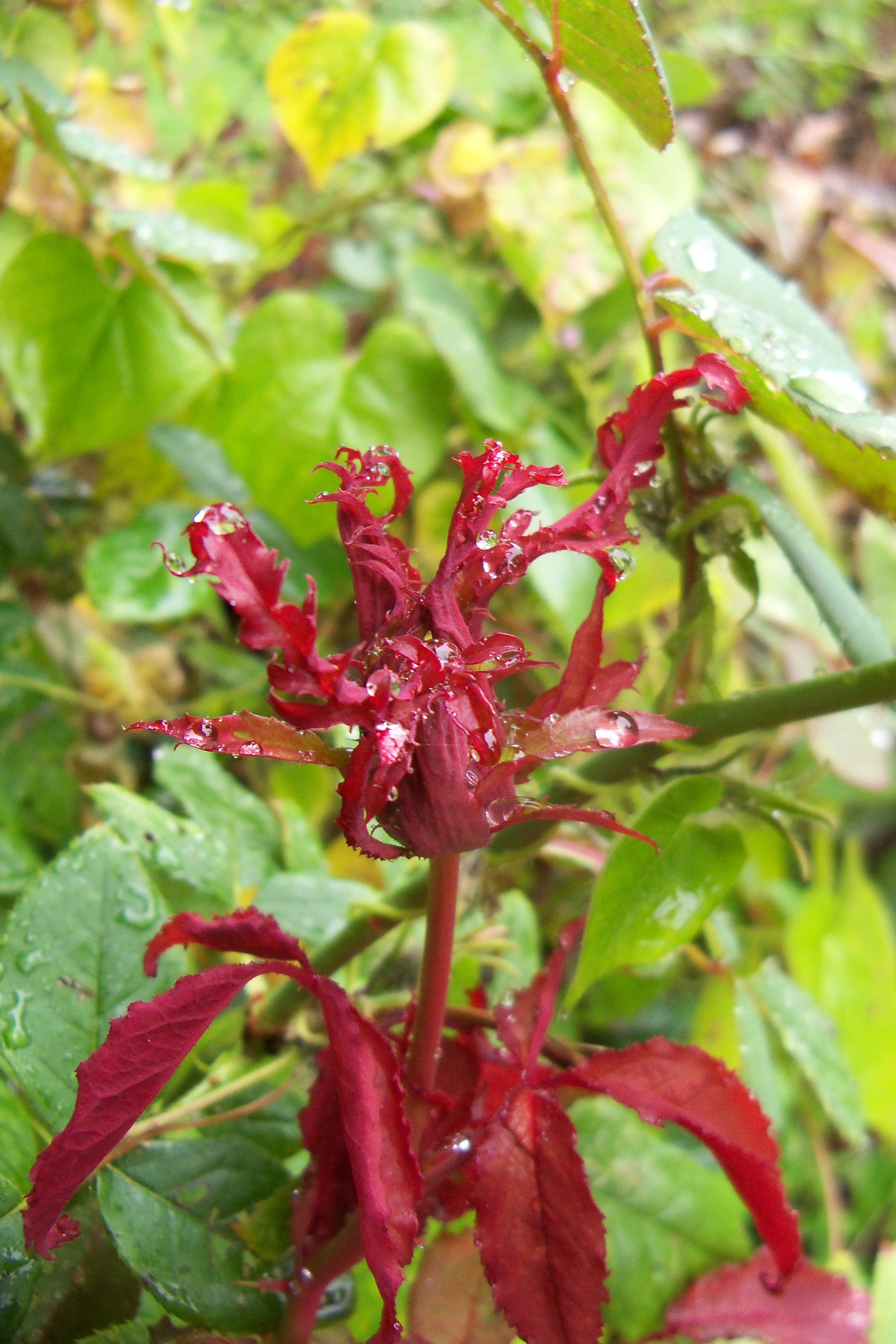
It’s almost ew. I hope it’s not Rosette, either.
Dawn Crest can often demonstrate the winged growths above the stipule, below the leaflets. I noticed this fun bract-like formation on one of my crested hybrids this morning.
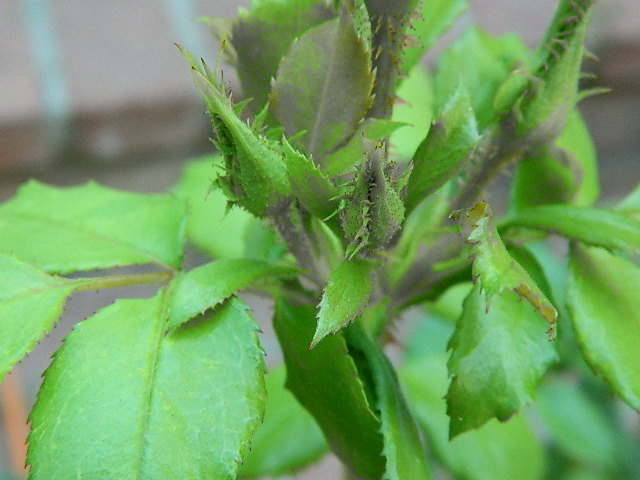
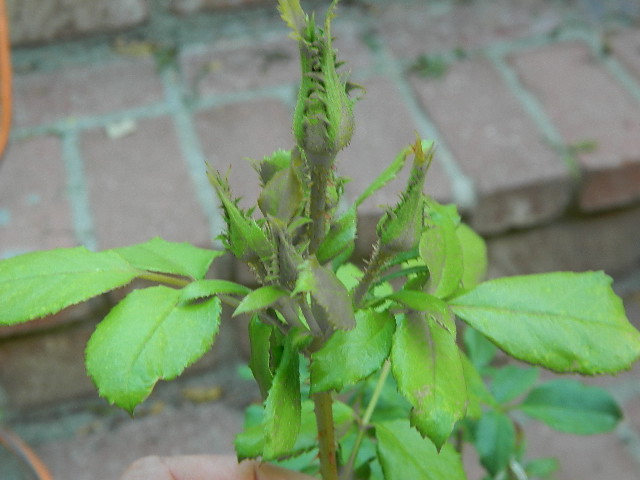
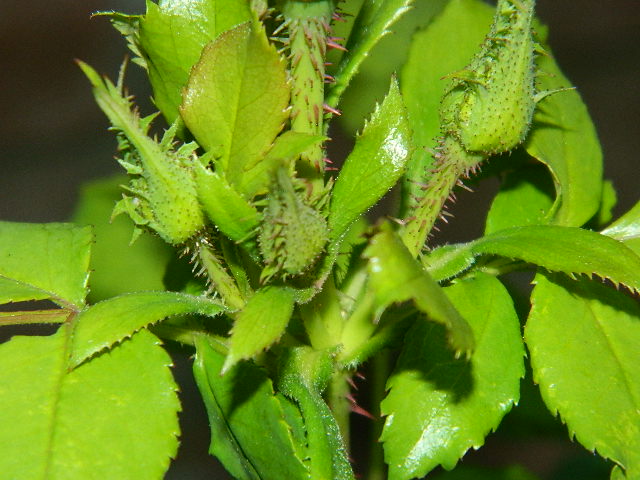
Knock Out does that too! I wonder what multiflora does to it I have one seedling of that cross with very fringed petioles. It agree its seedling mildrw- a zinnia sprouted next to it, and is now shedding spores of mildew, with no effect on it.